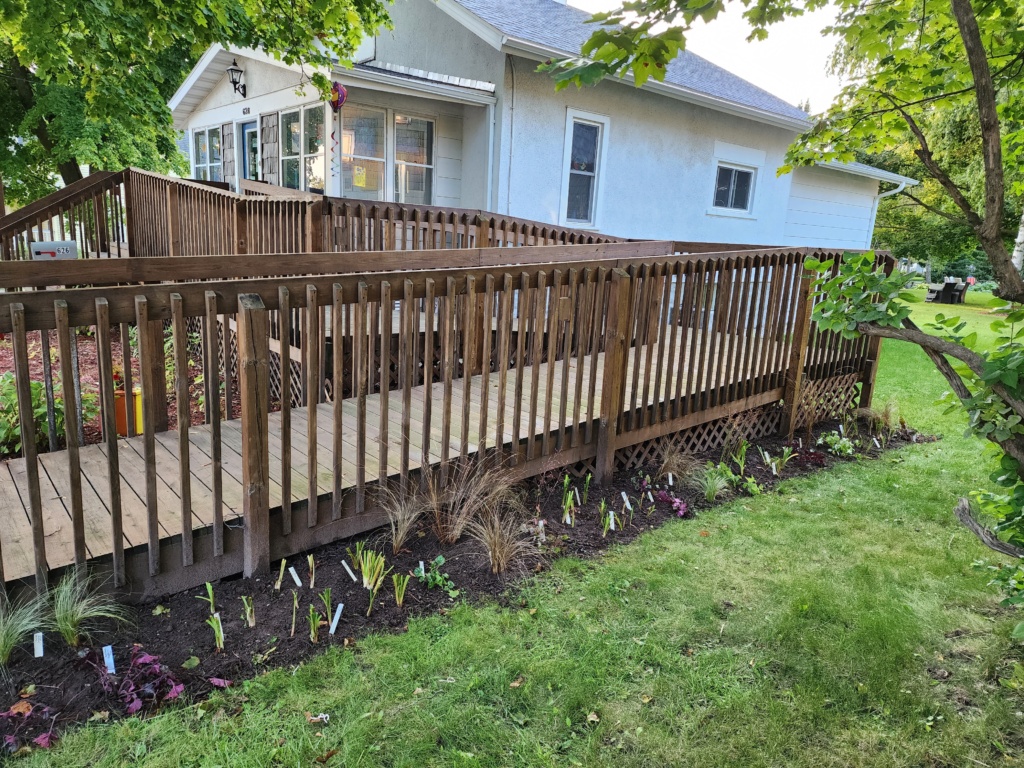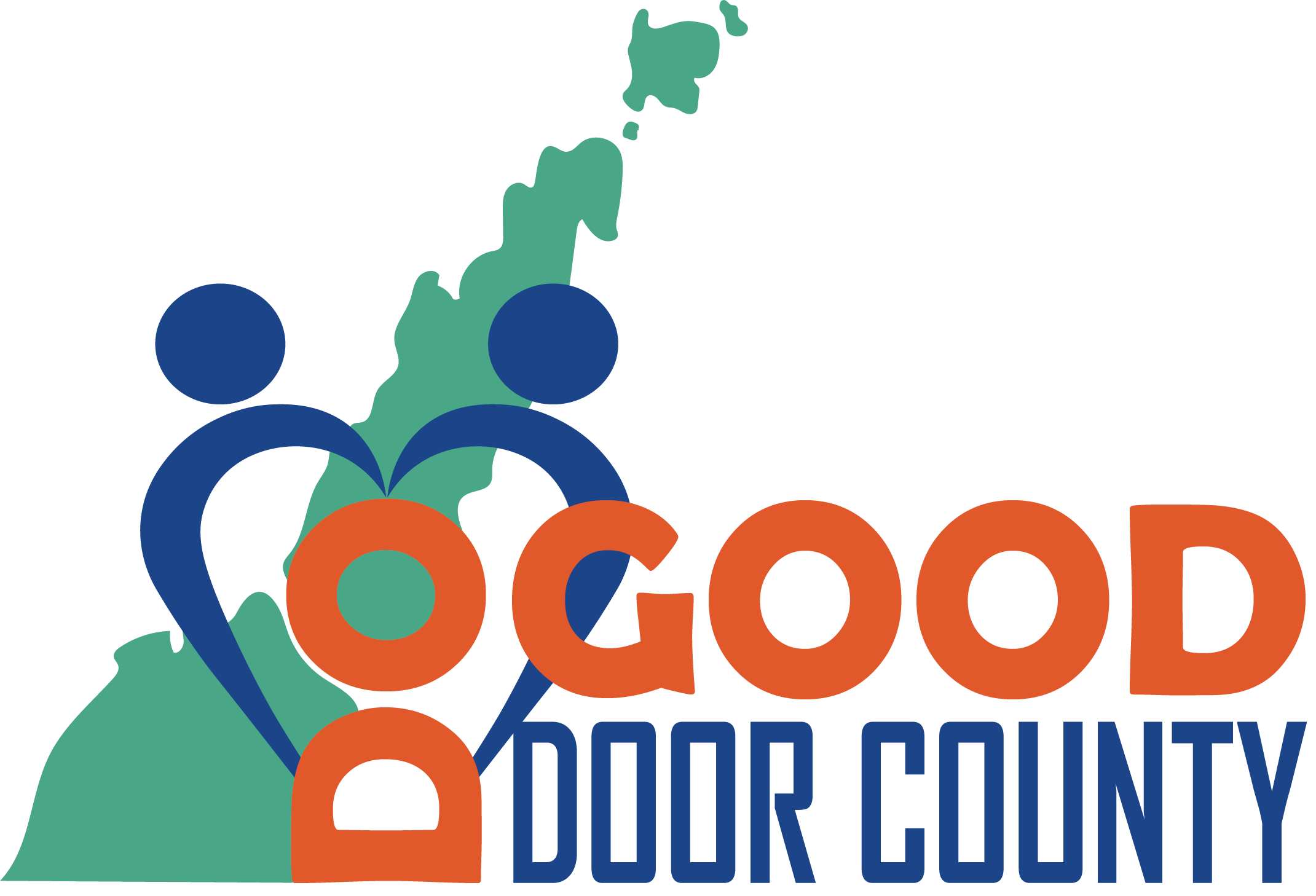To continue our series about the 8 domains of livability of an age-friendly community, we take a look at housing. This is defined as housing that is designed for an older person to live comfortably and be in proximity to community and social services.
Certainly, a part of this equation is the affordabiity of housing. If the cost of housing is high, this discourages older people from moving to more appropriate age-friendly housing. In addition, being affordable for many seniors on a fixed income can mean property tax caps or assistance. And then there is the question of affording modifications needed to remain in-place.
It goes without saying that a home that has stairs or uneven floors can impact how a person gets around all the rooms of their home easily. Age friendly housing features can be obvious such as elevators, wide hallways for wheelchairs, ramps for access from the outside, etc.

But there are many considerations of an age-friendly home. It’s not just about changing the structure, and it begins at the front door. Here’s just a few:
- Easy to use fixtures such as oversized levers and knobs.
- Grab bars and rails in bathrooms and hallways.
- Larger digital display and/or remotes for climate controls.
- Roll-out, glide-out or slide-out shelves to easily access deeper spaces in cabinets or storage areas.
- Push button door openers to automate the opening and closing of doors.
- Remote monitoring and personal emergency response systems.
- Smooth floor surfaces without obstructions for wheelchair mobility.
- Stair glides or lift chairs.
- Traction or non-skid strips in bathrooms, kitchens and stairways.
- Walk in tub and shower or alternatively a transfer bench or chair.
- Pathyway lighting or motion sensor lights and the use of LED bulbs to extend the life of light sources.
- Taller toilet or a raised toilet seat.
- Low profile bed with bed rails.
- Transitional carpeting and slip resistent flooring.
The best source for information about financial assistance programs to help with home modifications is the Aging and Disability Resource Center. If equipment such as a raised toilet seat, transfer bench or bed rails are needed, check out Neighbor to Neighbor.
Another consideration of this criteria is the range of housing options with good connections to social services and the community. Locating social and health facilities close to seniors’ homes is crucial in ensuring that they have access to such services when they need it. As we age, it is important to remain close to family, community and support services, and this in turn has a positive impact on our health and wellness.
If you have ideas about how we can make housing more age-friendly in Door County, contact us. Only through collaboration can we become a community that fully supports its older adults in their home.

